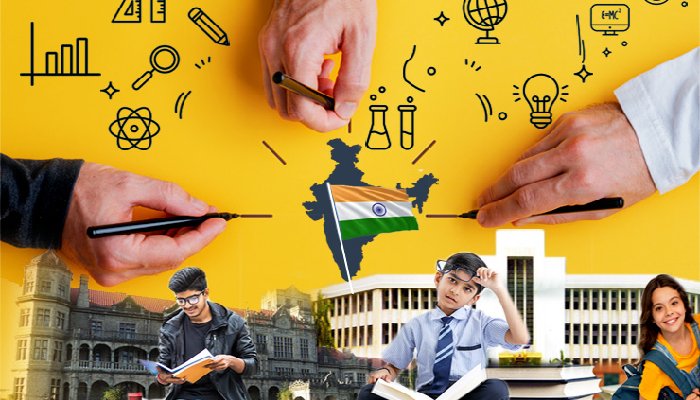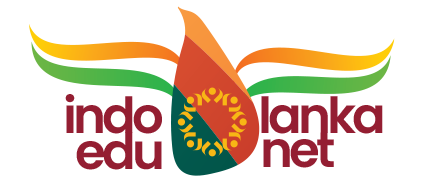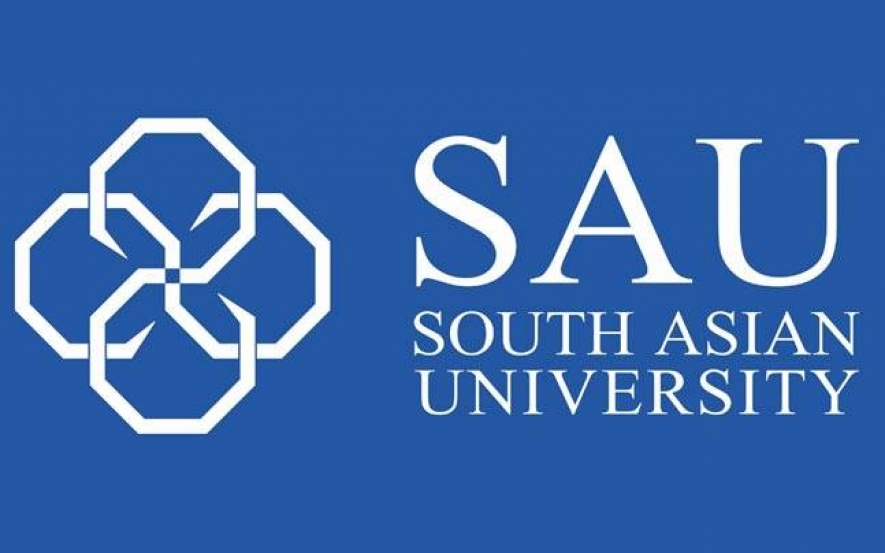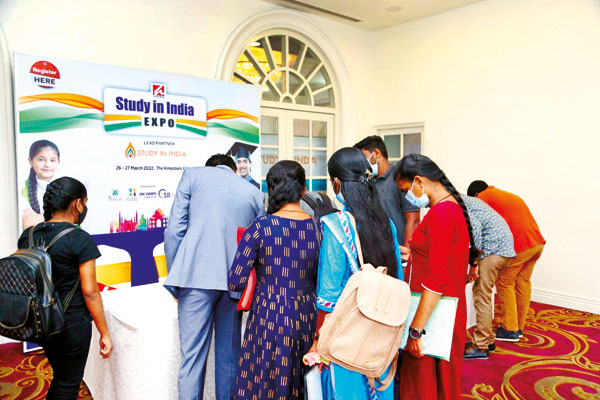
The Education Landscape of India: From Primary to Tertiary Education
Primary Education: In India, primary and middle education, spanning lower primary (Standards I to V) and upper primary (Standards VI to VIII), is not only compulsory but also free of charge. Commencing at the age of 6, primary education continues until the age of 14. Although both state-run and private schools offer schooling, it’s important to note that private institutions often lack the facilities and infrastructure found in government schools. Regional languages typically serve as the medium of instruction in most primary schools, with English introduced as a second language around the third grade.
Secondary Education: Secondary education begins in grade 9 and encompasses grades 9 through 12. This stage is divided into two, two-year cycles, often referred to as General/Lower Secondary School (Standard X) and Upper/Senior Secondary School (Standard XII). Government schools continue to provide free education, but private institutions become more prevalent at the secondary level. Public examinations are conducted at the conclusion of both cycles, granting access to grade 11 and university-level studies respectively. The lower secondary school curriculum includes three languages (including the regional language, an elective, and English language), Mathematics, Science and Technology, Social Sciences, Work/Pre-Vocational Education, Art, and Physical Education. Secondary schools are affiliated with Central or State boards, which administer the Secondary School Certificate at the end of grade 10.
Based on performance during the first two years of secondary school and the SSC results, students can enter Senior/Upper Secondary School. Here, students can select a specialized ‘stream’ of study, which includes science, commerce, and arts/humanities. Education is delivered in both schools and two-year junior colleges, often affiliated with degree-granting universities or colleges. The curriculum for the Higher Secondary Certificate Examination is determined by the boards of secondary education, with 31 different boards in operation. While the HSCE is the most common Standard XII examination, several other options are also available, including the All India Senior School Certificate (CBSE), Indian School Certificate, Certificate of Vocational Education (CISCE), Senior Secondary Certification (NIOS), Intermediate Certificate, and the Pre-University Certificate.
Vocational Education: Individuals who choose not to pursue tertiary education or do not complete secondary school often enroll in privately-owned vocational schools. These institutions specialize in offering a narrow selection of courses, providing a broad overview of knowledge applicable to employment. The curriculum typically consists of a language course, foundation courses, and electives, with half of the electives being practical in nature. Examinations at the end of vocational education are overseen by the All India and State Boards of Vocational Education.
Tertiary Education: India’s higher education system is highly centralized and has evolved considerably since its inception in 1947, drawing inspiration from the British educational model. The University Grants Commission (UGC) plays a pivotal role in overseeing university education, including the allocation of funds and the recognition of educational institutions. The National Accreditation and Assessment Council (NAAC) was established to assess universities and colleges using an alphabetical ranking system from A++ to C, helping gauge the quality of institutions.
The All-India Council of Technical Education (AICTE) was created to maintain the quality of technical education and regulate the establishment of new private professional colleges. Universities in India can be categorized as Universities (Central, State, Open), Universities of National Importance, and Deemed universities. Instruction for the majority of students, nearly 80%, takes place at affiliated colleges, with the curriculum, examinations, and final degrees designed and awarded by the university. Constituent and Autonomous colleges also exist but are less common; they enjoy greater autonomy in curriculum development and assessment.
Undergraduate admission typically requires the completion of 12 years of schooling. Admission to graduate programs, including Master’s, Post Graduate Diplomas, and MBA programs, necessitates a bachelor’s degree (3 or 4 years, depending on the subject) with a Second Class pass or higher. Doctoral level degrees entail a minimum of two or three years of research and a thesis or dissertation.
In 2015, India introduced the Choice Based Credit System (CBCS) to encourage interdisciplinary learning and provide students with greater flexibility and choice. This reform also introduced a standardized assessment and grading plan based on a 10-point scale. However, it has faced criticism from students and administrators, who believe that the educational infrastructure may not yet fully support this overhaul.



